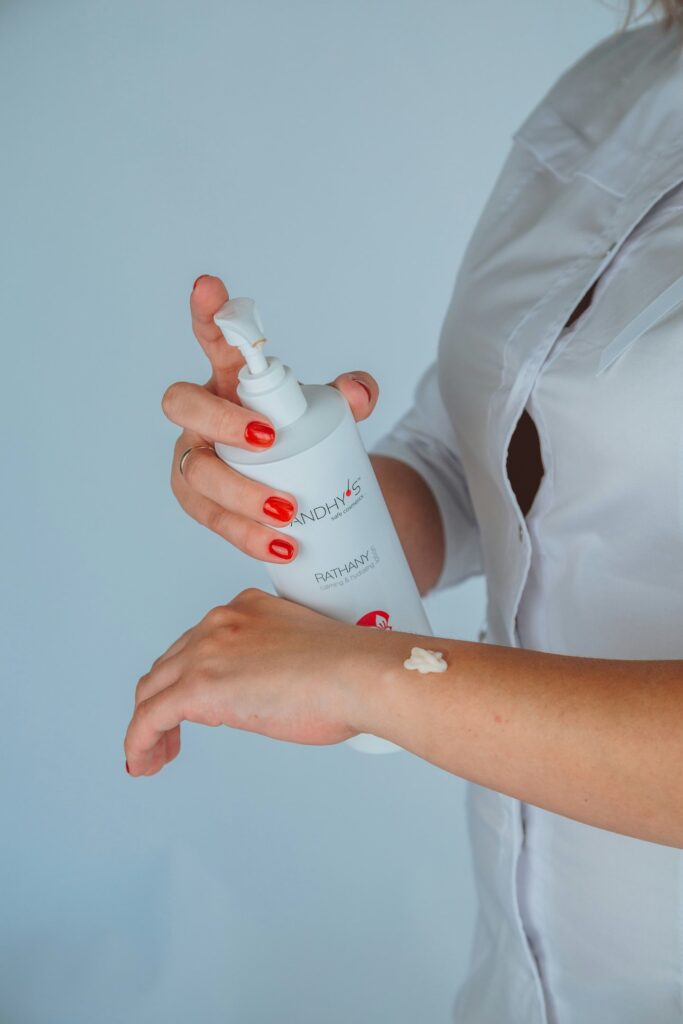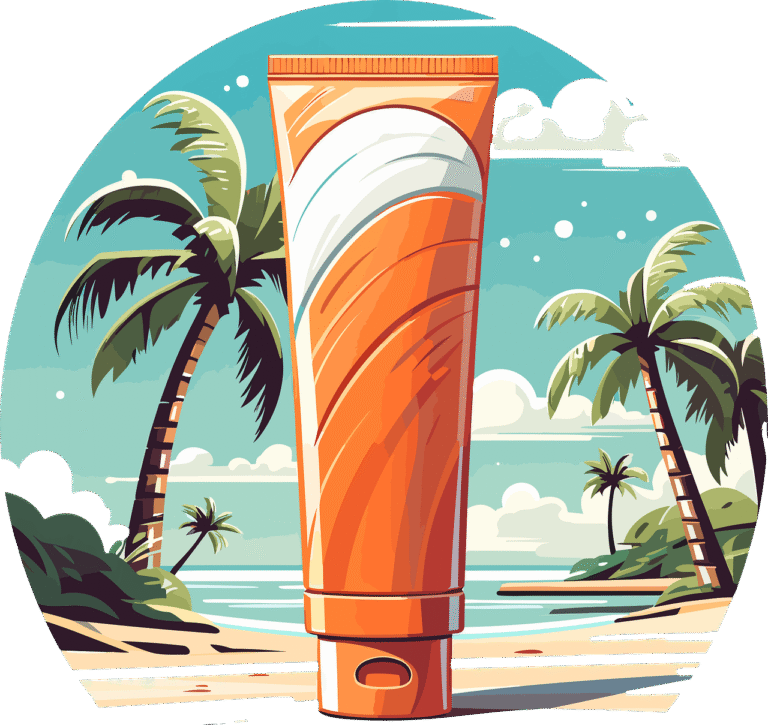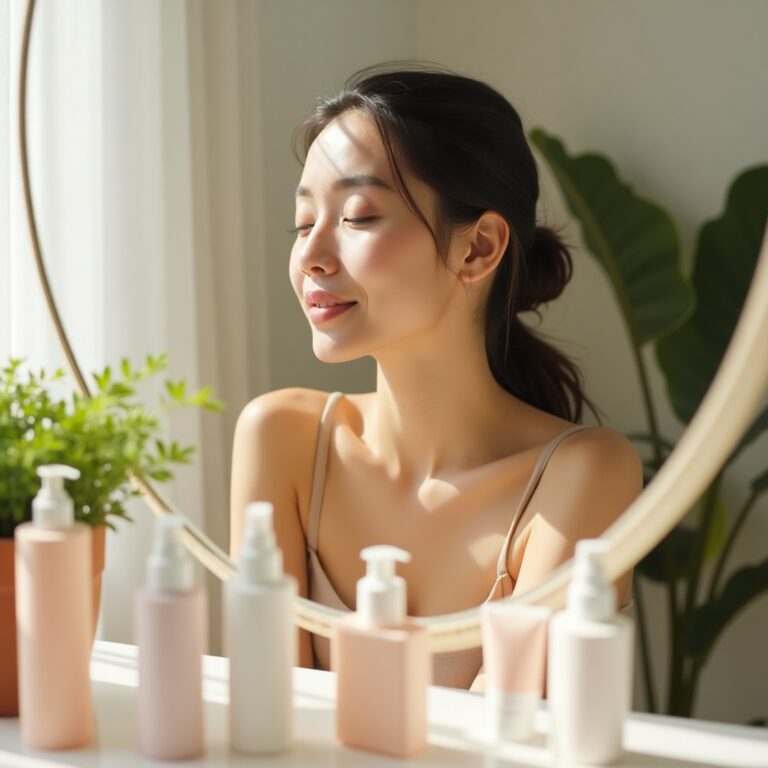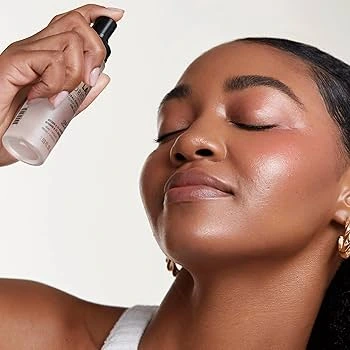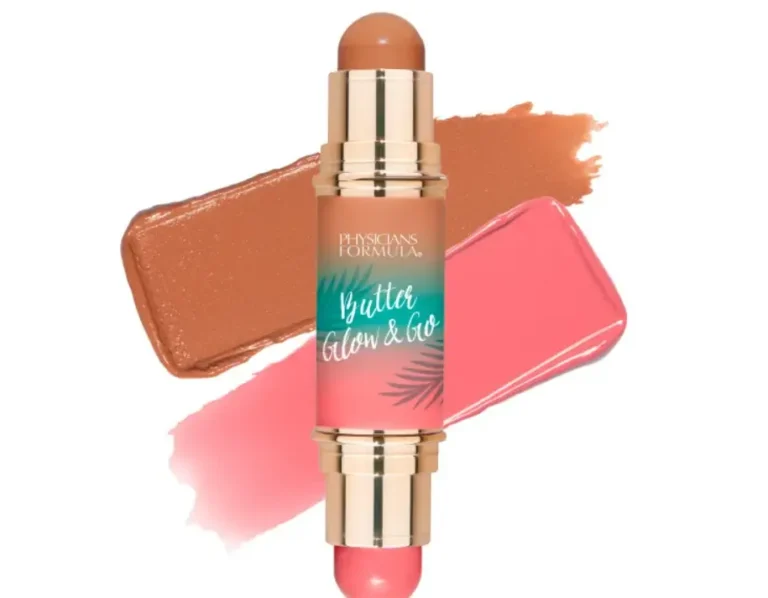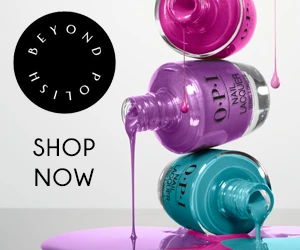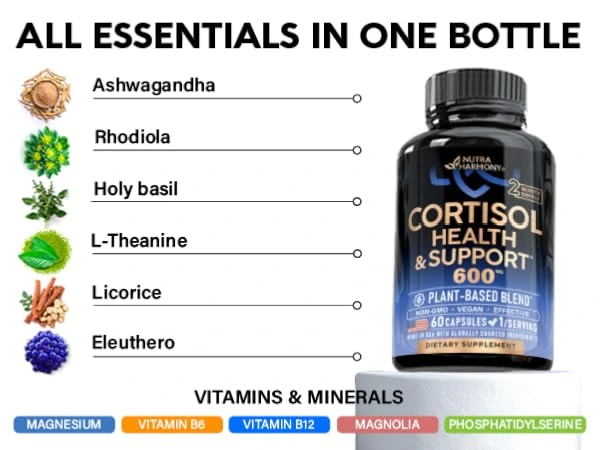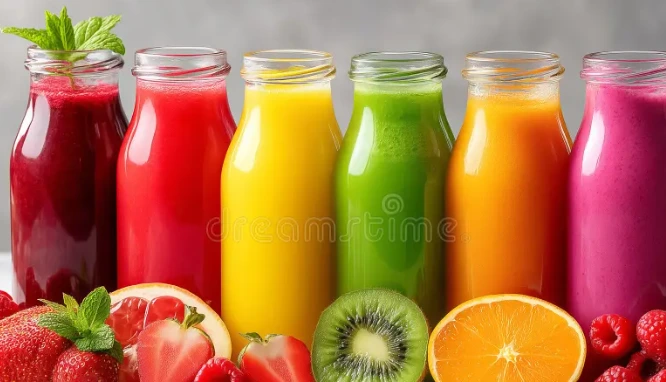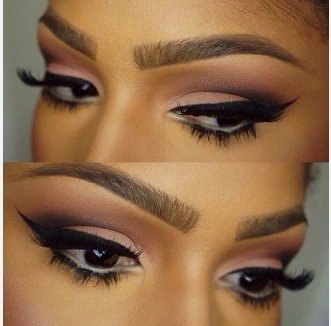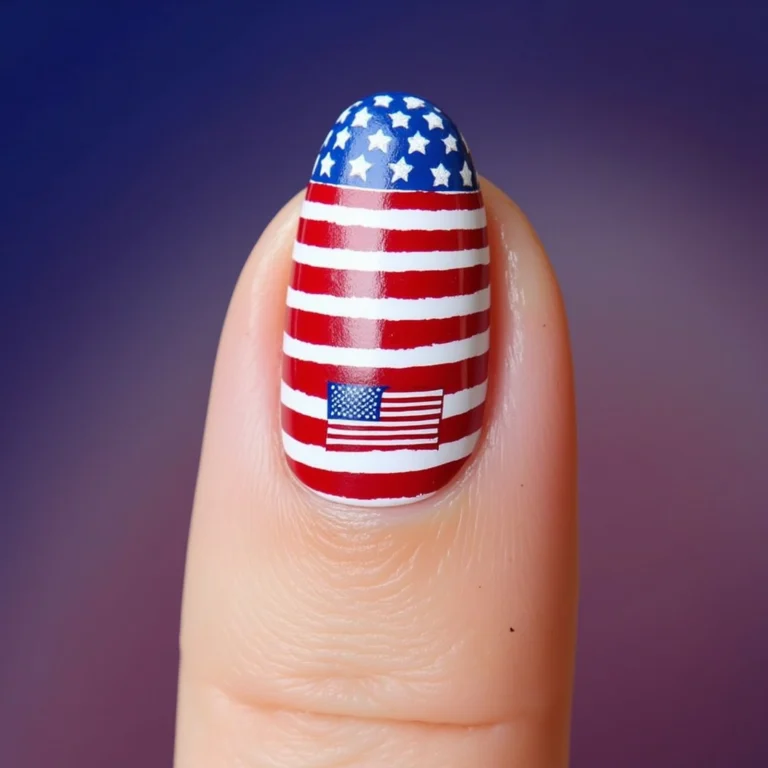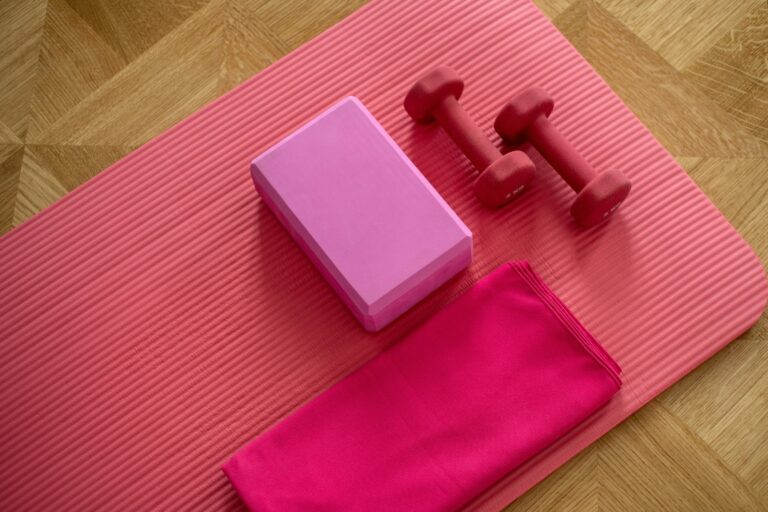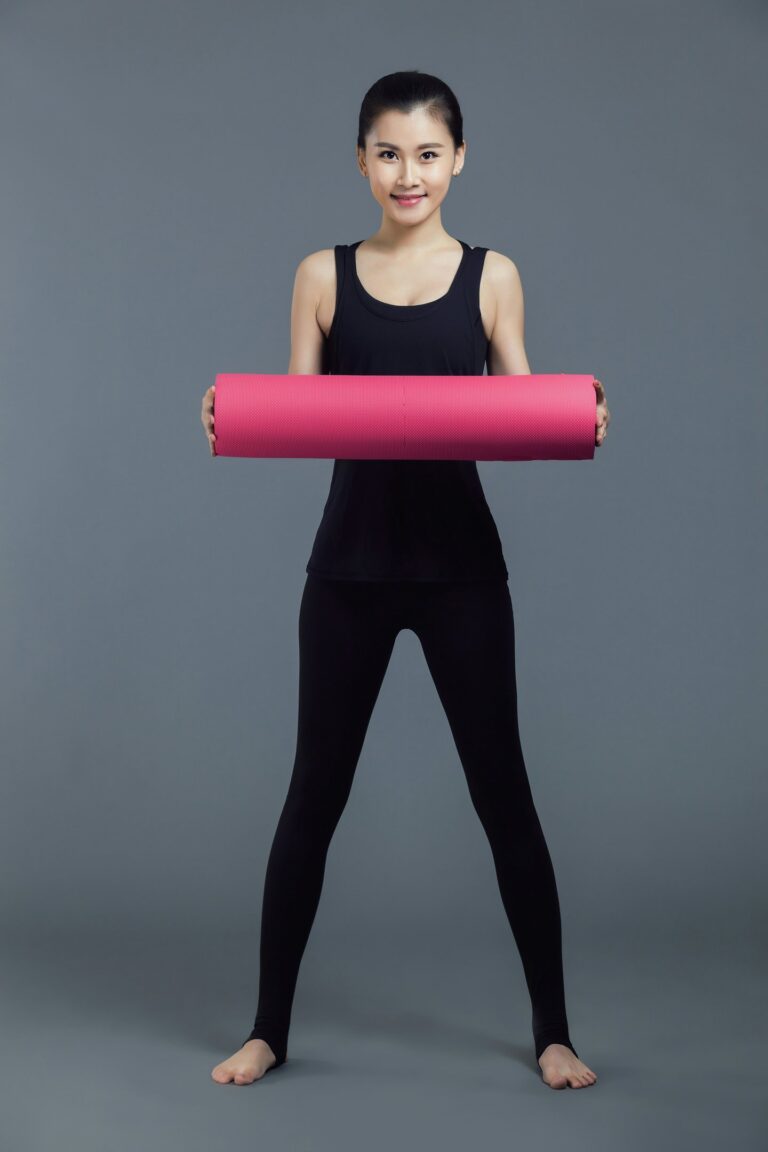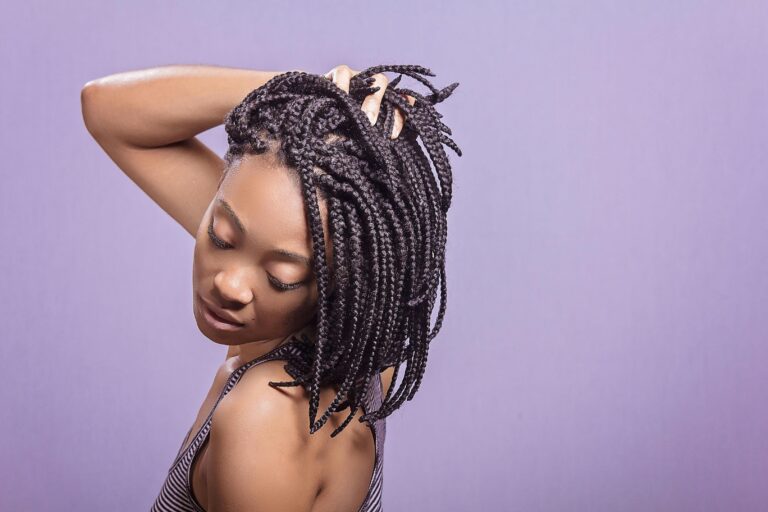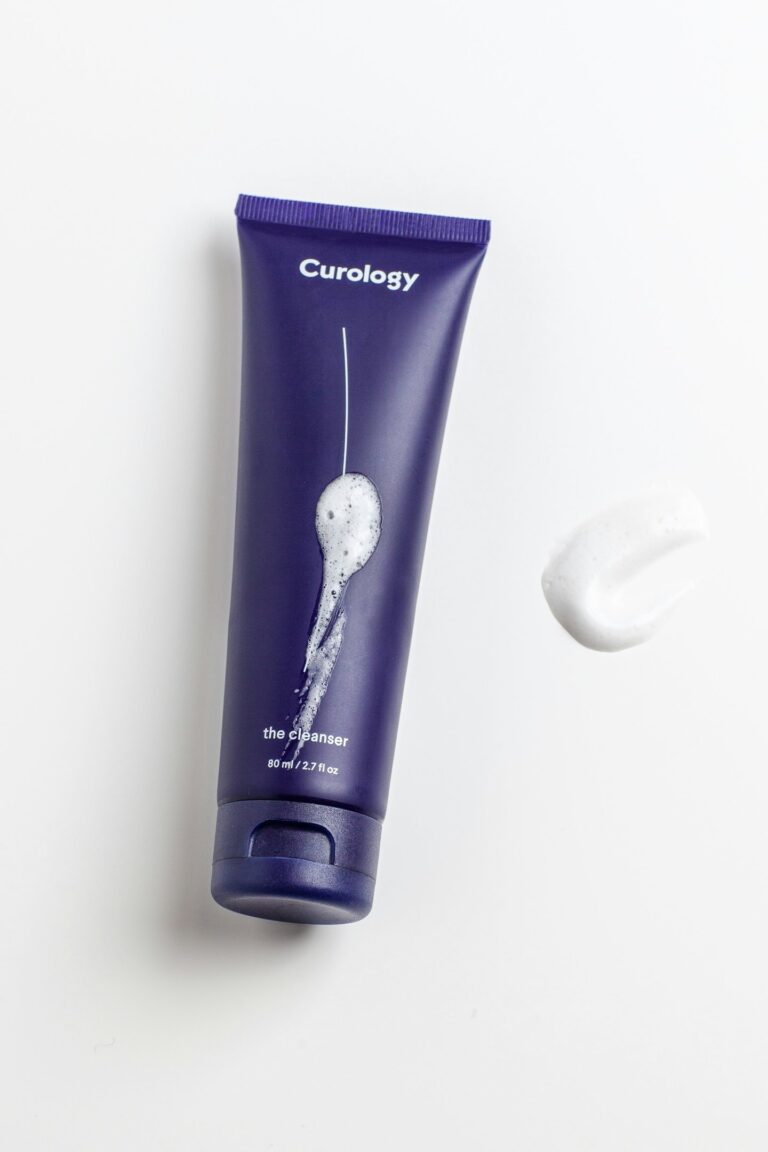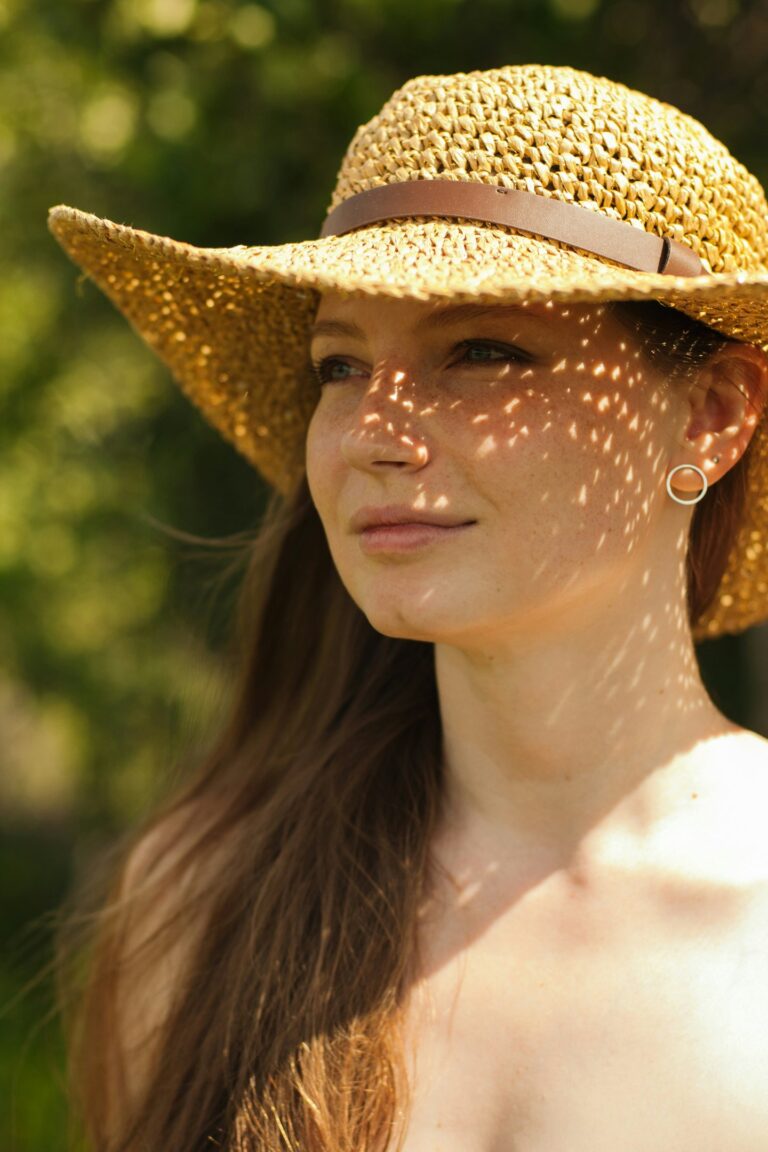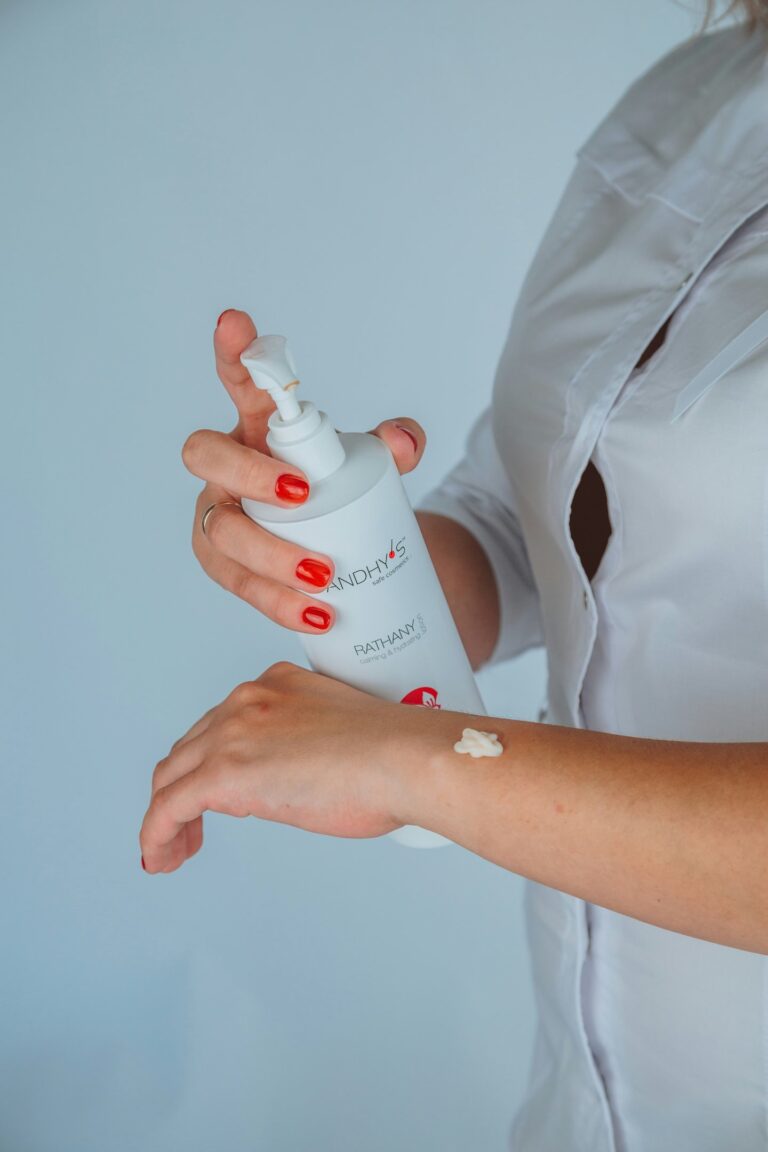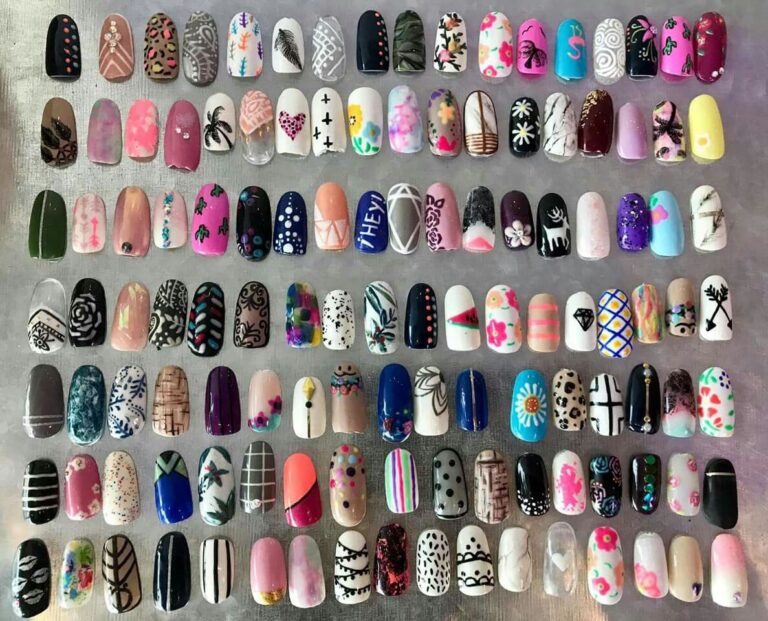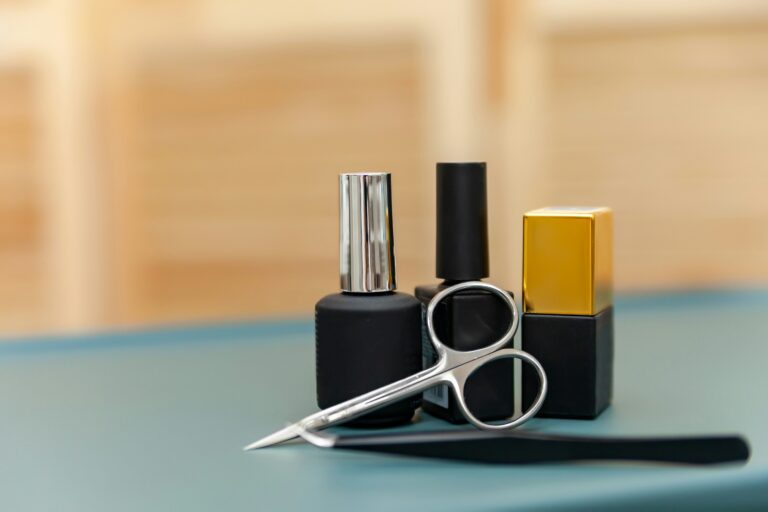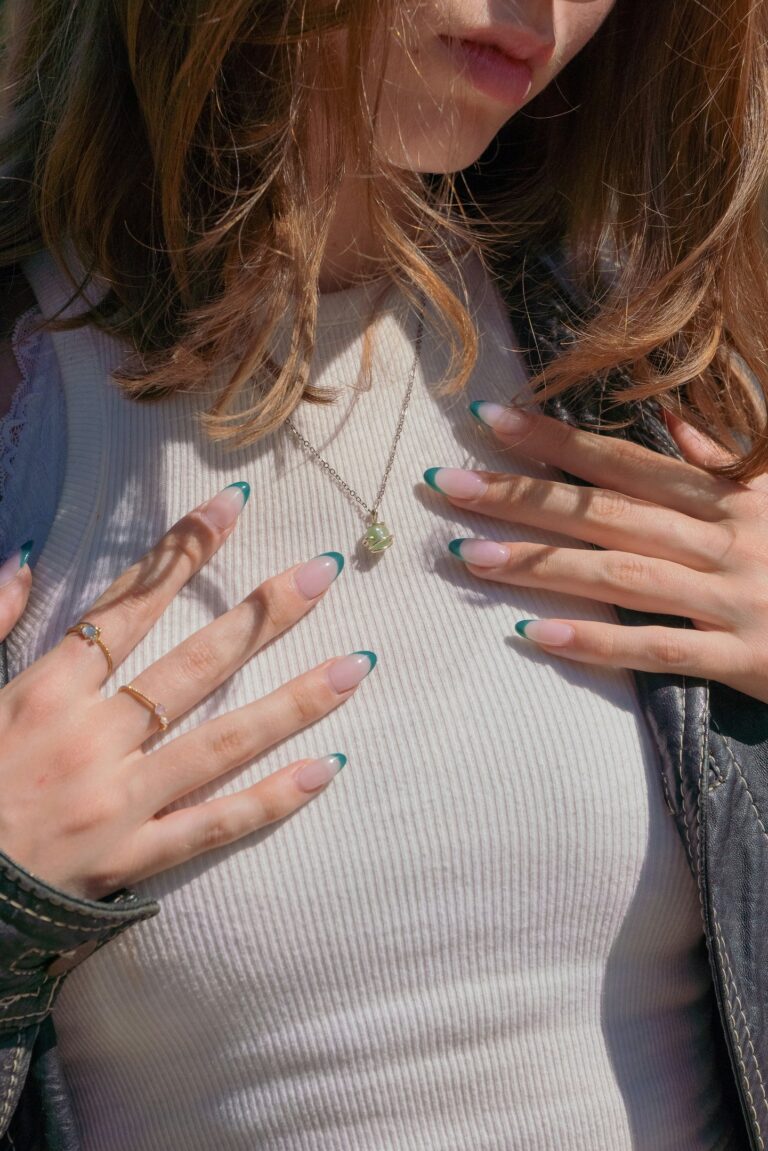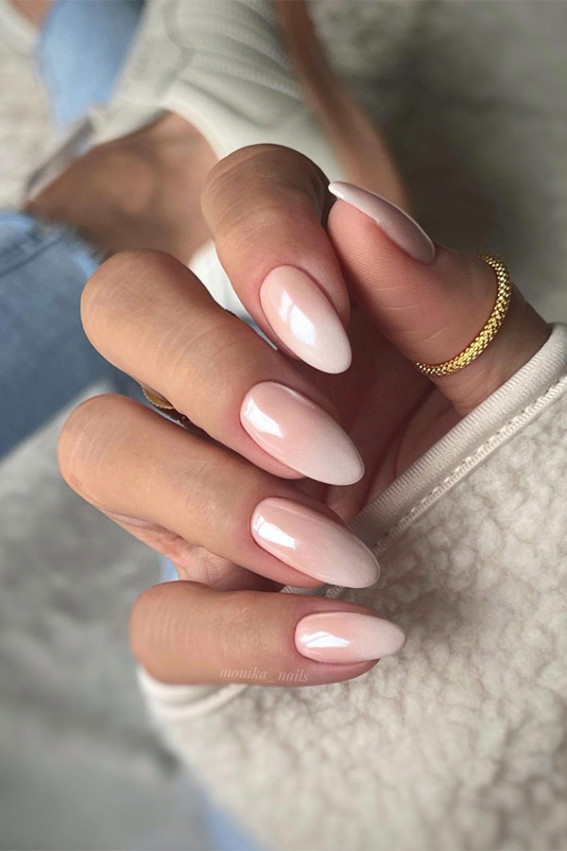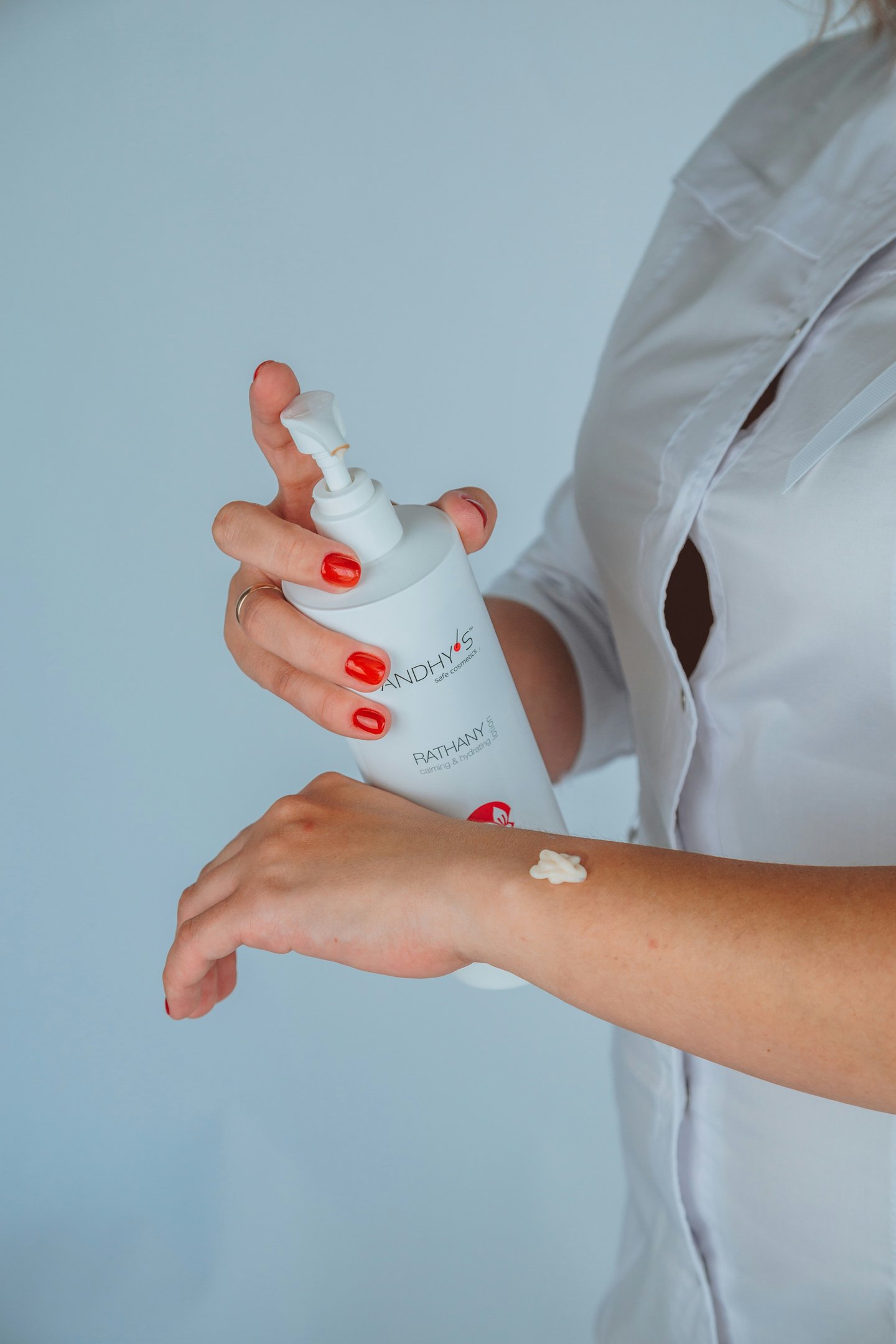
🌊 First, What Does Moisturizer Actually Do?
Moisturizers aren’t just about making your skin feel soft and silky. They’re doing some real behind-the-scenes work.
Here’s what a good moisturizer does:
-
Keeps water in your skin
-
Prevents your skin barrier from getting wrecked by wind, sun, or over-cleansing
-
Soothes irritation
-
Balances oil production (yep, even in oily skin!)
Moisturizers are like your skin’s bodyguard — sealing in hydration, blocking out stressors, and making sure your face doesn’t freak out mid-day.
💡 But I’m Oily — Won’t Moisturizer Make It Worse?
Actually… no. This is one of the biggest skincare myths floating around.
When oily skin doesn’t get enough moisture, it panics and starts producing more oil to compensate. That means skipping moisturizer can make your face more greasy, not less.
What you need is a lightweight, non-comedogenic moisturizer — one that hydrates without suffocating your pores.
➡️ Try: this oil-free gel moisturizer that feels like a splash of water for your face.
🔍 How to Know You’re Skipping Moisturizer (and Regretting It)
Even if your skin doesn’t look dry, it could be dehydrated — meaning it’s lacking water, not oil.
Signs your skin is thirsty:
-
Tightness after washing
-
Dullness or uneven texture
-
Foundation clinging to flakes or dry patches
-
Sudden increase in breakouts
These are all red flags that your skin barrier is screaming for help — and moisturizer is the rescue squad.
💦 Humectants, Emollients, and Occlusives: What Do They Even Mean?
Every moisturizer has a mix of three types of ingredients. Knowing them helps you pick the right formula.
1. Humectants
These attract water into your skin (like magnets). Think:
-
Glycerin
-
Hyaluronic acid
-
Aloe vera
➡️ Try: this lightweight serum-moisturizer hybrid packed with glycerin and HA.
2. Emollients
These smooth and soften your skin by filling in the cracks. Think:
-
Squalane
-
Fatty acids
-
Esters and oils
➡️ Try: this silky cream that melts into skin with plant oils and ceramides.
3. Occlusive
These seal everything in, preventing moisture loss. Think:
-
Petrolatum
-
Shea butter
-
Dimethicone
-
➡️ Try: this rich balm you can dab on dry spots at night (hello, slugging).
You don’t need all three in one product, but a combo often works best — especially if your skin leans dry or sensitive.
🧼 When (and How) to Apply It
Here’s your golden rule: Moisturizer always goes on damp skin.
Why? Because applying it right after cleansing or misting helps trap water in your skin — which is the whole point.
Your ideal routine:
-
Cleanser
-
Toner or hydrating mist (optional)
-
Serum
-
Moisturizer
-
SPF (AM only)
➡️ Try: this fast-absorbing cream that layers beautifully under sunscreen and makeup.
💭 Common Excuses for Skipping It (And Why They’re Wrong)
“My skin feels fine without it.”Dehydration creeps in slowly. Moisturizer helps prevent issues before they show up.“I’m too lazy at night.”Same. Keep a travel-size moisturizer by your bed. No excuses.“It breaks me out.”You just haven’t found the right one yet. Look for products labeled non-comedogenic and skip heavy fragrance.
➡️ Try: this fragrance-free moisturizer for sensitive, breakout-prone skin.
🧴 But What If I Use Serums and Face Oils — Can I Skip Moisturizer Then?
Nope.
-
Serums deliver active ingredients, but they don’t seal in hydration.
-
Oils can nourish, but they’re not enough on their own unless paired with water-based hydration.
Moisturizer is what locks everything in and keeps your skin barrier safe.
Final Thoughts: Moisturizer = Minimum Effort, Maximum Payoff
Think of it like this: if skincare was a playlist, moisturizer would be the chill-but-essential background beat holding everything together. Not flashy, but crucial.
It’s not about using the thickest cream on the shelf — it’s about giving your skin what it needs when it needs it.
Whether you’re dry, oily, breakout-prone, or combo, the right moisturizer can calm, balance, and strengthen your skin — all without making you feel greasy or overwhelmed.
